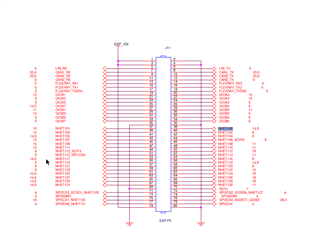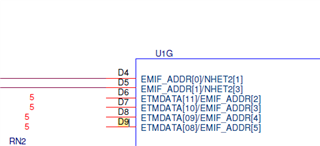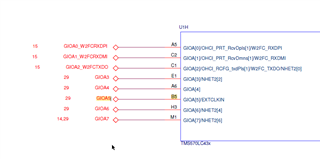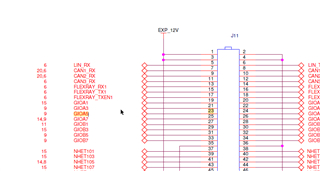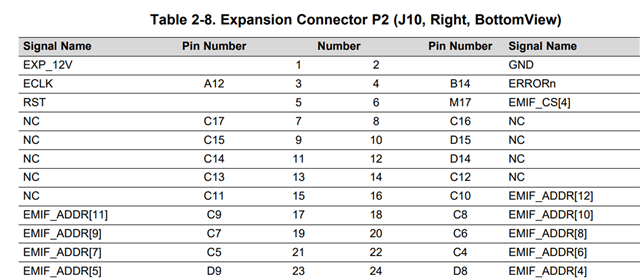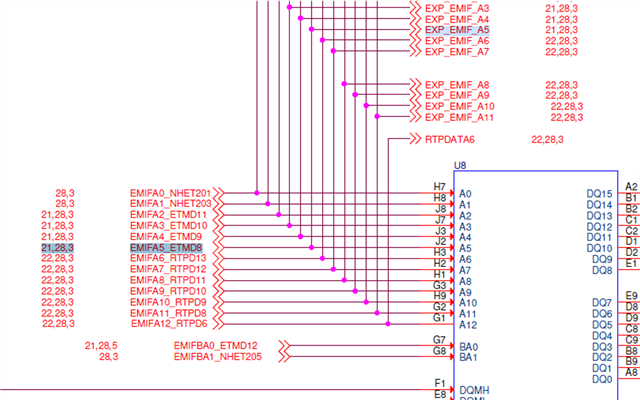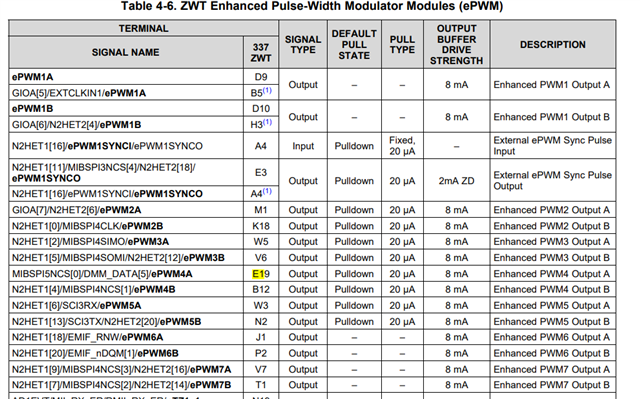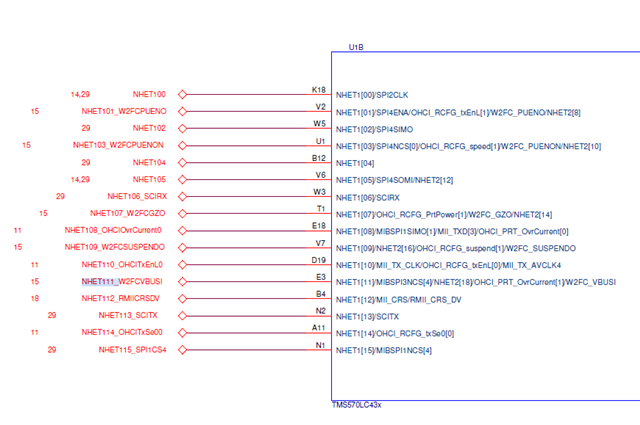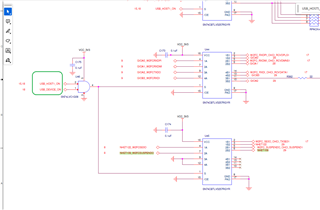Other Parts Discussed in Thread: TMS570LC4357, HALCOGEN
Hi,
I am trying to use TMDX570LC43HDK to drive a motor, but in the user guide(link below) cant see any PWM signal out. So my first question is from which pin we can get the signal. I have also check the TMDX570LC43HDK Schematics, but same no PWM.
https://www.ti.com/lit/ug/spnu597a/spnu597a.pdf?ts=1708932415689
My next question is TMDX570LC43HDK connector (for example: J9,J10,J11) how it aligns with TMS570LC435 processor pin out. For example: D9 exist in both table , but the signal name doesn't match.

Thanks




